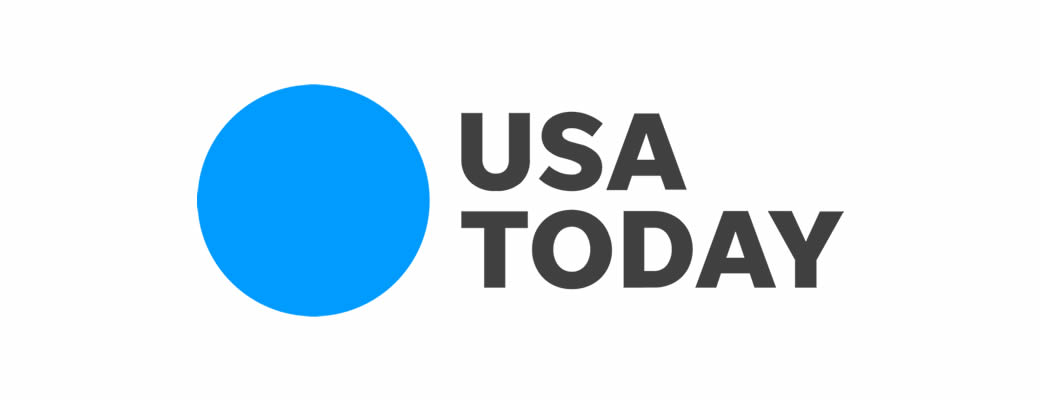It’s OK to want justice for Gabby Petito and acknowledge the thousands still missing. We should.
USA TODAY
Suzette Hackney
September 22, 2021
It’s nearly impossible to turn on any cable or network news or log on any social media platform without seeing a parade of talking heads and amateur true-crime detectives wringing their hands about the heart-wrenching story of Gabrielle “Gabby” Petito’s disappearance and demise.
Petito, 22, vanished while on a cross-country excursion with her fiance, Brian Laundrie, 23.
Police have described Laundrie, who has now disappeared himself, as “a person of interest” in what is now a homicide case.
This undated photo provided by the North Port, Fla., Police Department shows Gabrielle “Gabby” Petito.
As the public outcry and breathless media updates continue to swell, Petito has simply become “America’s daughter.” She was young, vibrant and had a significant social media following because of her bubbly personality. She was blonde, petite and attractive.
And she was white.
We’ve been here before – too many times. Tens of thousands of individuals – Black, Latino, Asian, Indigenous, LGBTQ, young, old, men and boys – go missing every year. Some return to their families, some remain unaccounted for and, unfortunately, some end up dead. But very few receive the national spotlight that seems reserved for white women and white girls.
These names easily come to mind: Laci Peterson, Elizabeth Smart, Natalee Holloway, JonBenet Ramsey, Chandra Levy. Household names, names drilled into our psyche forever.
What are their names?
According to the Black and Missing Foundation, a nonprofit organization that raises awareness about missing people of color across the country, there were 543,018 individuals reported missing last year. Of those, nearly 40% are people of color.
What are their names?
In Wyoming, where Petito’s body was found, at least 710 Indigenous people, mostly women and girls, went missing from 2011 to 2020, according to a report by Wyoming’s Missing and Murdered Indigenous Persons Task Force.
Again, what are their names?
There’s a glaring disparity of news coverage and a systemic bias that have been discussed – and repudiated – for decades. I refuse to buy into the notion that now is not the time to bring it to light again. Now is precisely the time.
I am often ashamed that I get lumped in with “the media,” especially during instances like this. But because many Americans make little to no differentiation in their news sources, I am compelled to say this: We must do better. Our newsrooms must reflect the complexion of America, and we must raise reporting standards to see beyond the latest intriguing whodunit.
All missing people deserve attention
No one is dismissing the circumstances surrounding the death of Petito, and no one is minimizing the pain the Petito family has endured. Just as many Americans, I am outraged, too, particularly by what appears in body cam footage to be a major bungling by law enforcement when they encountered Petito and Laundrie in Utah.
But it’s OK to want justice for Petito while still acknowledging that “missing white woman syndrome,” a term coined by the late journalist Gwen Ifill, is also a real travesty.
Ultimately, this isn’t solely about race – it’s about people. There are daughters and sons, mother and fathers, brothers and sisters, friends and neighbors who are missing. They aren’t all pretty and blonde. They don’t have a social media following. But their families deserve America’s sympathy and news coverage; their stories are no less important. These folks want their loved ones home. They want answers. They deserve closure, too.
National columnist/deputy opinion editor Suzette Hackney is a member of USA TODAY’S Editorial Board. Contact her at shackney@usatoday.com or on Twitter: @suzyscribe
Photo credit: Newsweek

